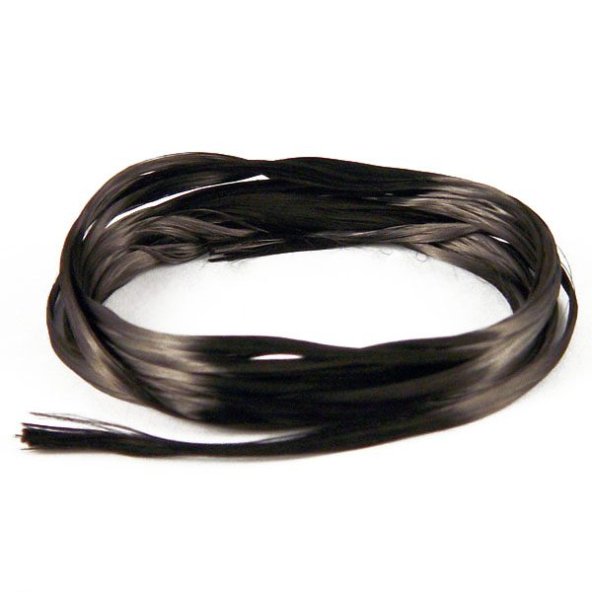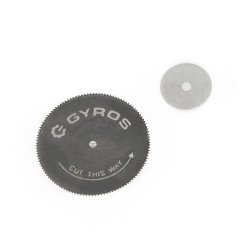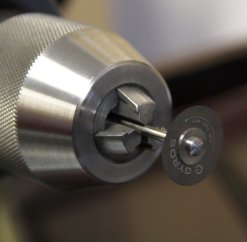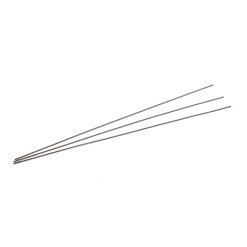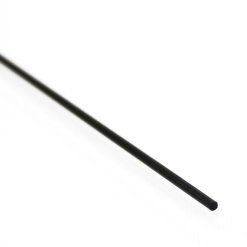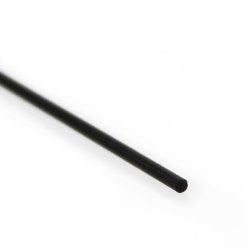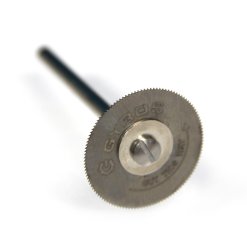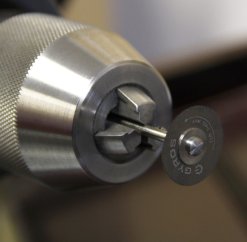Carbon Fibre Ribbon – 12 Ft.
$16.00
Graphite banding is the sure way to guarantee that a crack will stay closed permanently.
In Stock
In everyday repair work, I use graphite banding where a crack that had been previously pinned, subsequently opens up. Also, I use it frequently to forestall having to do a socket replacement on an instrument that has a crack from ring to first tone hole on the lower joint (if this instrument comes in before the socket explodes).
The graphite is sold in ribbon form, approximately 12 feet in length, about 1/4″ wide. This is enough to make maybe 8 bands. It appears very similar to a hank of violin bow hair and is black in color. The color allows for a very good cosmetic appearance against grenadilla, but will not be invisible. We use a lathe (Sherline does well) with a cutoff/parting tool to cut the track that the graphite will rest in. The graphite will be imbedded in our slow set 105104 epoxy. (You may wish to inlay the graphite below the surface, filling the remainder with grenadilla dust and 105100 INSTA-CURE Thin CA glue. When properly executed, you will have a cosmetically pleasing, permanent repair that will be the most effective solution to many structural problems. I first used this item in repairing a thin wall grenadilla flute head joint that had a troublesome crack. There had been other previous repair attempts, but this is the only one that held the crack closed.
- Reinforce thin wall areas
- Reinforce sockets with hairline cracks
- Repair cracks in clarinets, oboes
- Reinforce tenons on clarinets (under the cork)
- Reinforce tenons on bassoons (under the string)
- Won’t open back up like pinning, CA glues, or fillers.
- Won’t compress the bore like metal bands.
